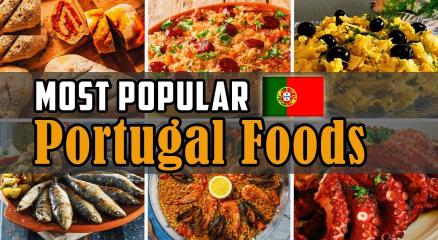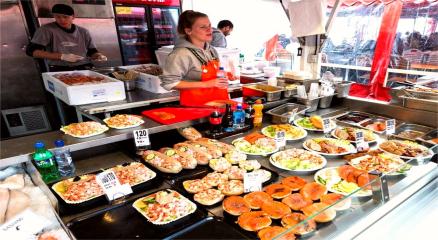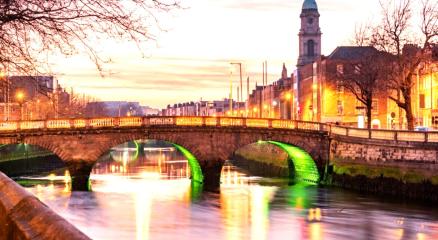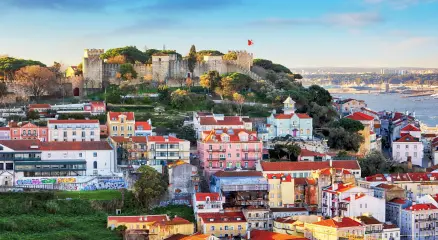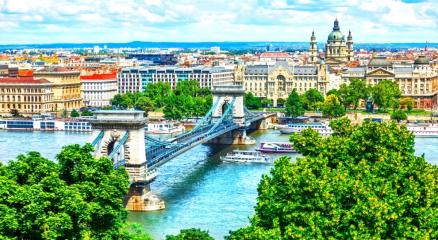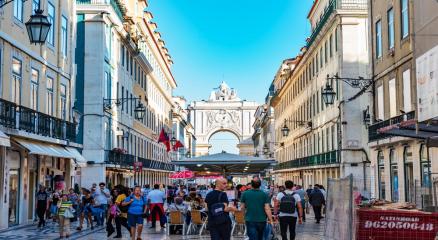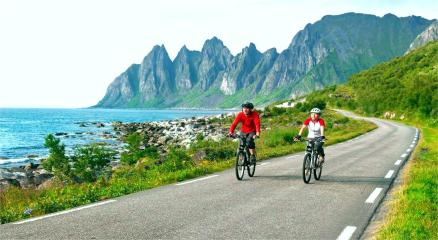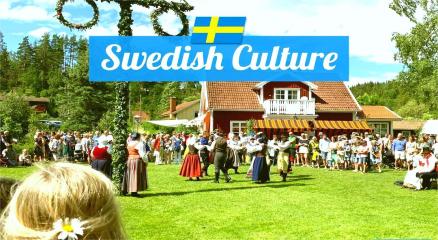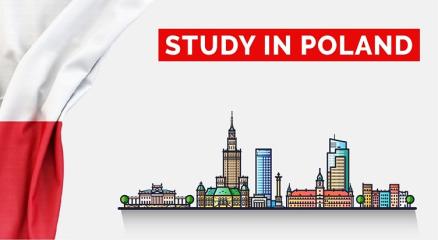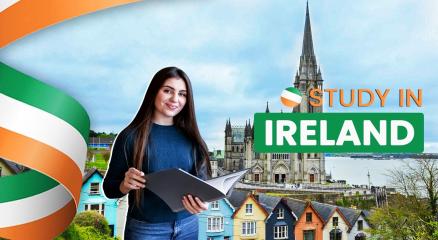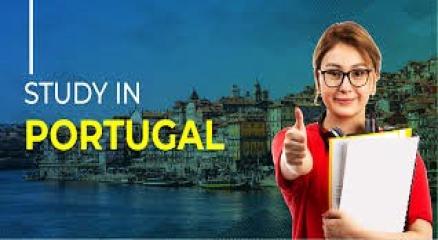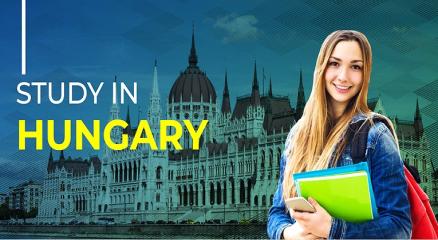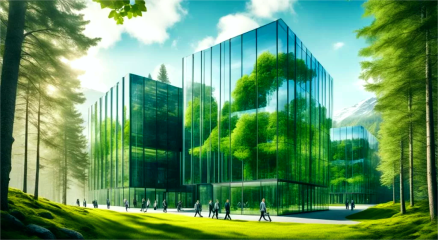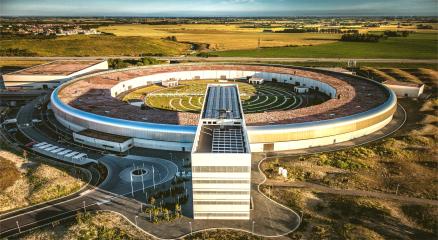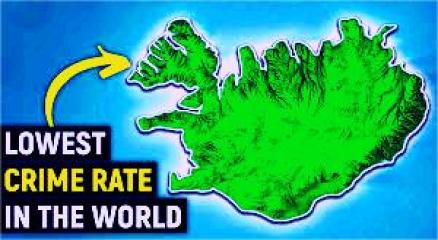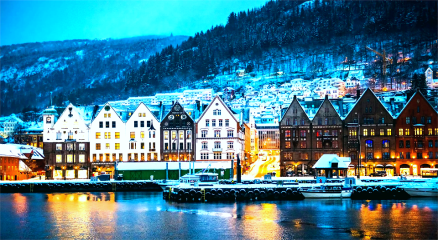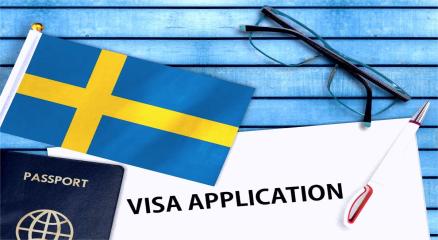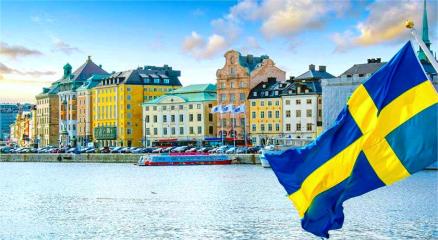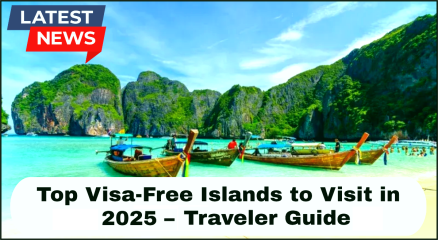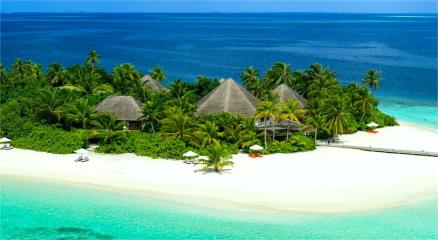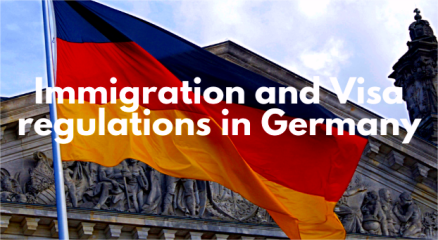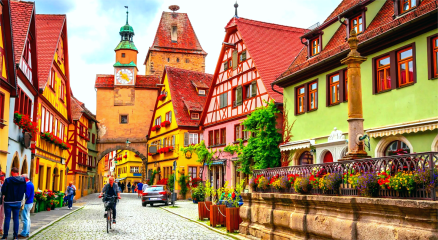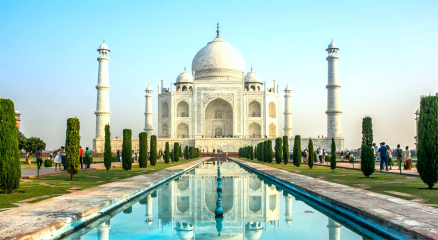Introduction
Nestled on the western edge of the Iberian Peninsula, Portugal is a nation of contrasts and continuity — where Atlantic winds whisper through ancient alleys, and modernity pulses within historic streets. Its small size belies a rich diversity: from sunlit coasts and rugged mountains to vibrant cities and volcanic islands. In this feature, we journey through Portugal’s geography, history, culture, economy, and travel charm — an immersive portrait for the global reader.
Geography & Regions
Portugal’s total area is about 92,000 km² (35,500 mi²), and it includes the mainland plus the Atlantic archipelagos of Madeira and the Azores. Encyclopedia Britannica+1. On the mainland, the country is roughly bisected by the Tagus (Tejo) River. North of the Tagus lies the more rugged terrain; southward, gentle plains and rolling hills stretch toward the sea. Encyclopedia Britannica+2Encyclopedia Britannica+2
-
Northern Highlands & Peneda‑Gerês: Portugal’s only national park, Peneda‑Gerês, lies in the north, characterized by granite peaks, dense forests, wild streams, and biodiversity including species such as gold-striped salamanders. Wikipedia
-
Serra da Estrela: Central Portugal hosts the Serra da Estrela Natural Park, with Portugal’s highest continental peak, Torre (1,993 m). Wikipedia
-
Alentejo & the Interior: The southern interior is marked by cork oak forests, vast plains, vineyards, and a slower pace of life.
-
The Algarve: Portugal’s southernmost region is famed for golden coastline, dramatic cliffs, and year-round sunshine. Wikipedia
-
Islands—Azores & Madeira: These Atlantic islands are volcanic wonders — lush, steep, and dramatic. The Azores, for example, host crater-lakes, geothermal springs, and dramatic landscapes.
These diverse regions make Portugal an ideal destination for varied interests — from hiking in mountains to relaxing by the sea.
Historical & Cultural Roots
A Brief History
Portugal’s origins as a defined kingdom date back to 1139 under King Afonso I. Over the centuries, the nation grew, challenged by internal dynamics and external pressures, yet by the 15th and 16th centuries, it became a global maritime power during the Age of Discovery. Explorers like Vasco da Gama, Bartolomeu Dias, and Magellan extended Portuguese influence to Asia, Africa, and the Americas. In the 20th century, the Carnation Revolution of 1974 ended decades of dictatorship, ushering in democracy and eventual accession to the European Union. These transformations have shaped modern Portuguese identity — a balance of tradition and progress.
Language, Religion & Society
Portuguese is the official language and is spoken not only in Portugal but across Lusophone nations around the world. Given Portugal’s colonial history, its cultural threads extend far beyond Europe. Roman Catholicism remains the dominant religion, influencing festivals, holidays, and local traditions. Portuguese society honors modesty, communal values, and respect for the past. Fado music, with its melancholic songs of longing (“saudade”), is deeply woven into urban life, especially in Lisbon and Coimbra. Historic universities like Coimbra (founded in 1290) still operate, linking past scholarly traditions to the present. Architecture in Portugal is a tapestry of influences: from Romanesque and Gothic churches to Manueline (late Gothic with maritime motifs) and modern Portuguese design.
Economy & Key Sectors
Overview
Portugal has a mixed, industrialized economy, with significant involvement from both private and public sectors. Encyclopedia Britannica+1
Agriculture & Natural Resources
Agriculture plays a fundamental role: main crops include cereals (wheat, barley, corn), potatoes, olives, grapes (for wine), and tomatoes. Encyclopedia Britannica+1
Portugal is also the world’s largest producer of cork, supplying over half of global demand. Its cork oak forests are both economically and ecologically important. Encyclopedia Britannica
Viticulture is another pillar: Portugal is renowned for Port wine, Vinho Verde, Douro wines, and Madeira wine. Encyclopedia Britannica+1
Industry & Fishing
Key industrial sectors include textiles, clothing, wood and paper products, chemicals, and light manufacturing. Encyclopedia Britannica+1
Given its long Atlantic coastline, fishing is another traditional sector. Portugal fishes varieties like sardines, hake, and tuna, and fish farming is practiced in estuaries. Encyclopedia Britannica
Tourism & Services
Tourism has become a cornerstone of Portugal’s economy. In 2024, foreign tourism hit a record in August alone with 2.3 million visitors, marking the busiest summer ever. Reuters
The sector contributes a significant share to GDP (around 11–12 %) and supports many jobs. Wikipedia+2Statista+2. Major tourist regions include Lisbon, the Algarve, Porto, Madeira, and the Azores. Wikipedia+1 However, rapid tourism growth brings challenges: pressure on housing markets in Lisbon and Porto, debates over short-term rentals, and the need to balance tourism with sustainability.
Culture, Cuisine & Lifestyle
Portuguese Flavor
Portuguese cuisine is heavily seafood-based: cod (bacalhau), sardines, grilled fish, octopus, and shellfish are common. Olive oil, bread, and hearty stews also feature. Pastries like the iconic pastel de nata (custard tart) are beloved across generations. Wine culture is deeply embedded. Port wine (from the Douro Valley) and Madeira wines are internationally known. Each region often pairs local wines with regional dishes.
Arts, Traditions & Festivals
Portugal’s artistic heritage includes traditional tilework (azulejos), fado music, decorative crafts (ceramics, textiles, cork art), and folk festivals. In the Algarve, the annual FATACIL fair in Lagoa celebrates crafts, agriculture, and culture with over 800 exhibitors and daily performances. Wikipedia Local festivals—religious processions, saint days, music events—take place in towns throughout the country, reinforcing cultural continuity.
Urban Life & Hospitality
In cities like Lisbon and Porto, one finds a blend of old and new. Cobblestone streets, historic tram lines, cafés, pastelarias, and alleys mingle with lively nightlife, modern design, and creative scenes. Portuguese people are often described as warm, polite, and proud of their heritage.
Travel Highlights: What to Experience
Lisbon & Surroundings
Lisbon, the capital, spreads across hills overlooking the Tagus estuary. Iconic features include the 25 de Abril Bridge, the Jerónimos Monastery, Belém Tower, and the narrow lanes of Alfama. Encyclopedia Britannica+2Encyclopedia Britannica+2
Nearby Sintra, with its palaces and forested hills, deserves a day trip.
Porto & the North
Porto, Portugal’s second city, is famous for its riverside Ribeira district, historic port wine cellars, and the Dom Luís I Bridge. Visitors often take a cruise on the Douro River through vineyards.
The Algarve Coast
Sun, sea, and sand define the Algarve: sandy beaches, dramatic rock arches, hidden coves, and seaside towns like Lagos, Albufeira, and Faro. Wikipedia
Island Escapes: Azores & Madeira
The Azores offer an adventurous retreat — crater lakes, geothermal springs, whale watching, and rugged scenery. Madeira is famed for its year-round mild climate, floral beauty, and coastal cliffs.
Nature & Outdoor Pursuits
Portugal offers rich options for nature lovers and adventure travelers: hiking, canyoning, surfing, birdwatching, mountain biking, and more across national parks like Gerês and Serra da Estrela.
Challenges & Opportunities
Portugal’s strides forward are evident, but the path isn’t without complexities:
-
Overtourism & Housing Pressure: In cities like Lisbon and Porto, rising demand for short-term rentals has inflated housing prices and stirred local resistance. Reuters
-
Economic Diversification: Heavy reliance on tourism makes the economy vulnerable to global shocks. Balancing tourism with innovation, tech, and indigenously driven growth is vital.
-
Sustainable Development: Preserving natural and architectural heritage while expanding infrastructure and tourism sustainably is a key priority.
Yet, Portugal continues to draw praise for quality of life, safety, cultural richness, and landscapes that reward exploration.
Conclusion
Portugal is a seamless blend of epochs and ecologies — from ancient palaces to avant-garde neighborhoods, from mountain paths to ocean horizons, from soulful fado to contemporary art. Whether you come to sip wine by the Douro, wander hills in Sintra, surf Atlantic waves, or simply sit in a Lisbon café watching life drift by, Portugal invites curiosity and reward.
In a world of choices, Portugal’s richness lies in its balance: between past and present, between nature and culture, between calm and vitality.


